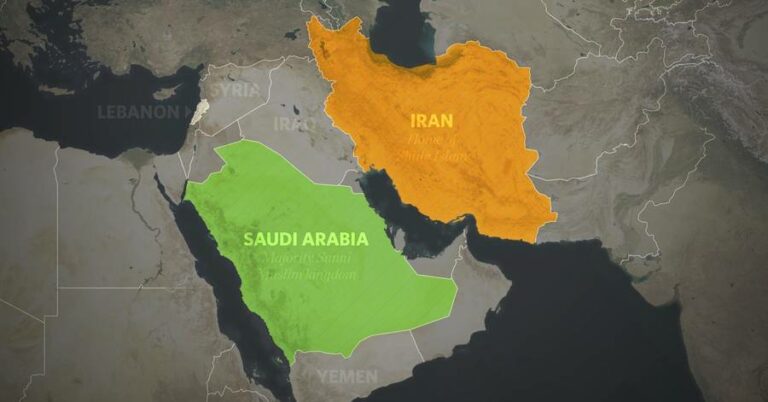Geopolitics in the Pacific islands has become increasingly crowded and complex. With China’s growing economic and strategic influence, shifts in the regional order have seen a power struggle emerge between may of the region’s democracies and China.
In this context, the diplomatic strategies of the US, Australia, New Zealand and Japan towards Pacific island countries (PICs) are at a critical juncture as each country aims to protect the current order and to secure and increase its presence in the Pacific.
Japan has convened the Pacific Islands Leaders Meeting (PALM) every three years since 1997, bringing its leaders together with those of 14 PICs: the Cook Islands, the Federated States of Micronesia, Fiji, Kiribati, Marshall Islands, Nauru, Niue, Palau, Papua New Guinea, Samoa, Solomon Islands, Tonga, Tuvalu and Vanuatu.
Government representatives from Australia and New Zealand also participate, and since the eighth PALM (PALM8) in 2018, leaders of New Caledonia and French Polynesia have attended.
The PALM has been a cornerstone of Japan’s diplomacy towards PICs, and has become especially important to Japan as its presence in the region is being gradually overshadowed by China’s increasing influence.
Since PALM8, Japan has used the meeting as an opportunity to push its ‘free and open Indo-Pacific’ strategy, an evolving set of documents that profess a vision of the Indo-Pacific as a region where actors cooperate to protect the rule of law, promote free trade, respect sovereignty and ensure freedom of navigation.
Japan hopes to achieve this through cooperation with countries sharing these values, with the result a more stable and prosperous Indo-Pacific. Japan has looked to deepen its partnership with PICs by inviting Pacific leaders to support the strategy, but has struggled to the garner their full support.
Because the PICs want to avoid being involved in a power struggle between the US and its allies and China, they are hesitant to openly endorse a free and open Indo-Pacific framework, which some suspect is primarily a containment strategy against China.
At the 2018 meeting only Papua New Guinea, Fiji, the Federated States of Micronesia, Palau and Marshall Islands declared their explicit support for Japan’s framework. Other PICs probably regarded it as mostly a way to gauge their appetite for containment measures against China, and their hesitance was likely compounded by Japan introducing the idea of involving PICs in the framework only two months before the meeting. Pacific leaders would have felt they had insufficient time to consider the framework.
Two years later, at the October 2020 PALM ministerial interim meeting, several PICs indicated that they still lacked a clear understanding of the role expected of them if they were to support Japan’s approach. They requested more detail from the Japanese government, reflecting lingering suspicions about it being for the purpose of containment. Despite Japan’s efforts to focus on the strategy’s cooperative elements and insistence that it isn’t directed at China specifically, these suspicions persist.
In June this year, Prime Minister Fumio Kishida unveiled the government’s ‘new plan’ for a free and open Indo-Pacific. Along with partnership with India, it underscores the need to support principles such as diversity, inclusiveness and openness in the region.
It emphasises that Japan’s ‘vision’—the term it now uses instead of ‘strategy’—doesn’t exclude or divide, or impose values other countries, and it focuses on presenting its mission as cooperative and inclusive.
At PALM10, scheduled for 2024, one of the main agenda items will likely be sustaining and strengthening the free and open international order in the Indo-Pacific region. The Japanese government is sure to use this chance to seek the PICs’ endorsement of its slightly rebranded plan.
Whether they see Kishida’s softened approach as sufficiently distinct from a containment strategy will determine the outcome of years of diplomatic effort from Japan. Throughout the PALM10 process, diplomats must engage deeply with PICs—providing a credible explanation of Kishida’s updated conception of the free and open Indo-Pacific, actively listening to PICs’ perspectives, and understanding their concerns and addressing their objections—if Japan is to achieve its goal at last.
Noriyuki Segawa is a professor in international studies at Kindai University in Osaka.








Leave a Comment